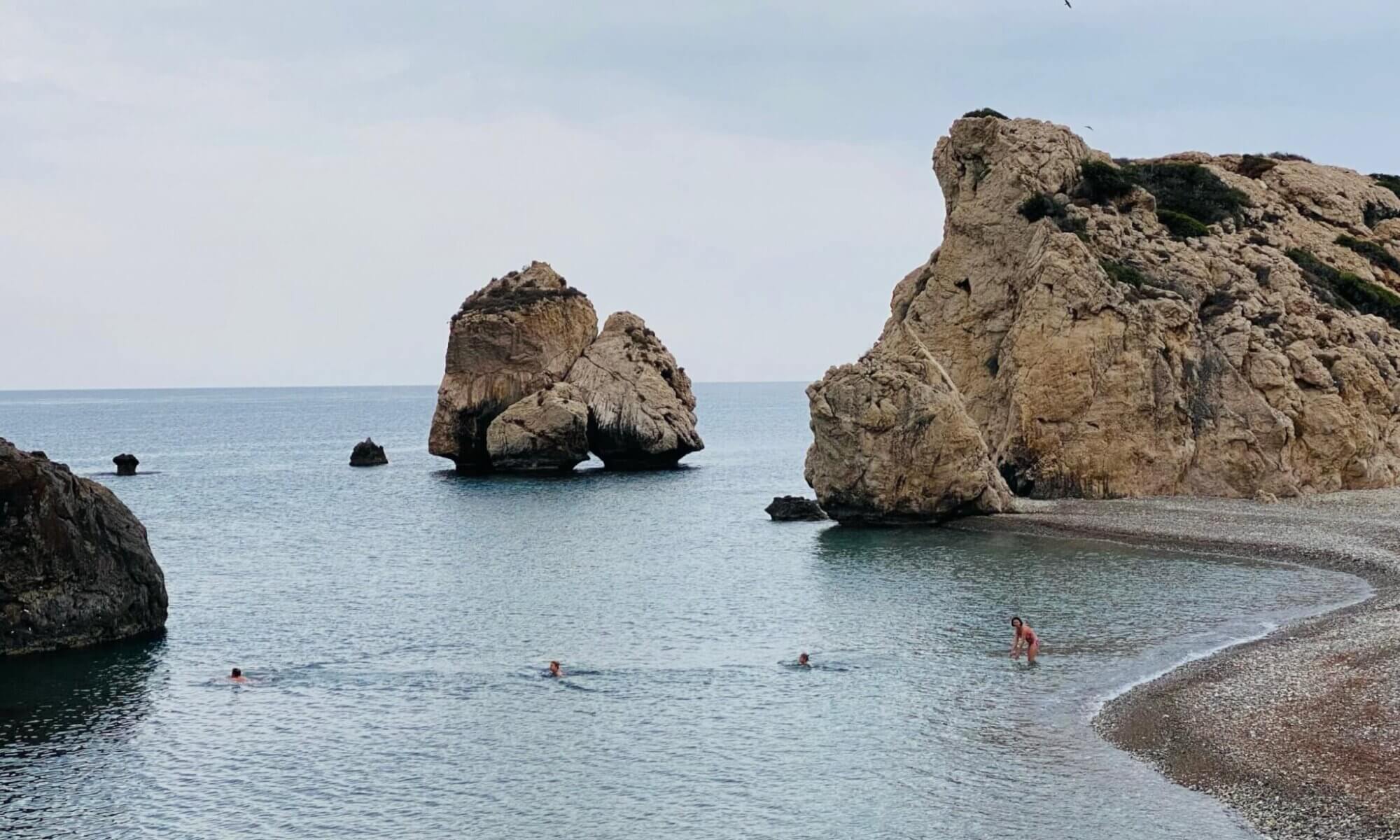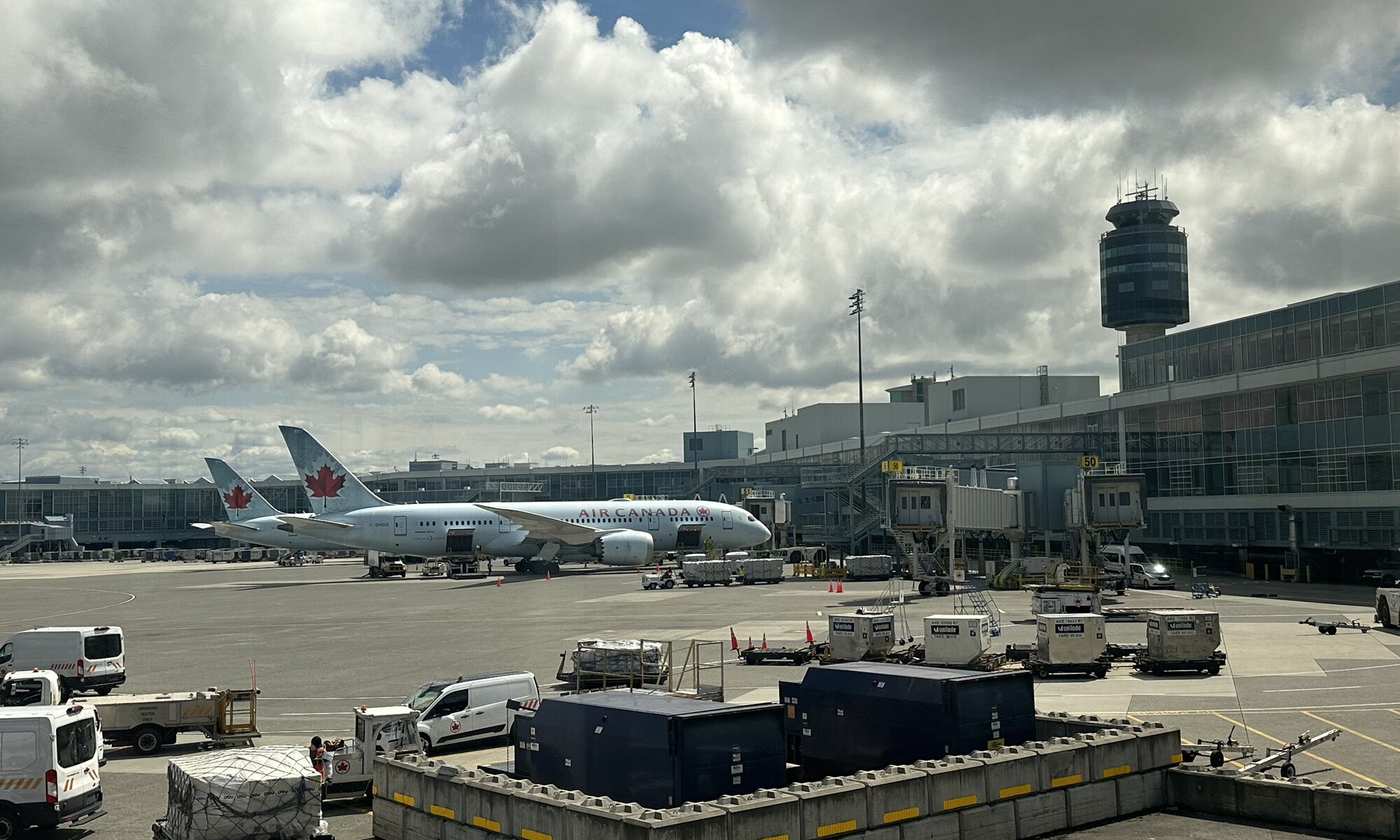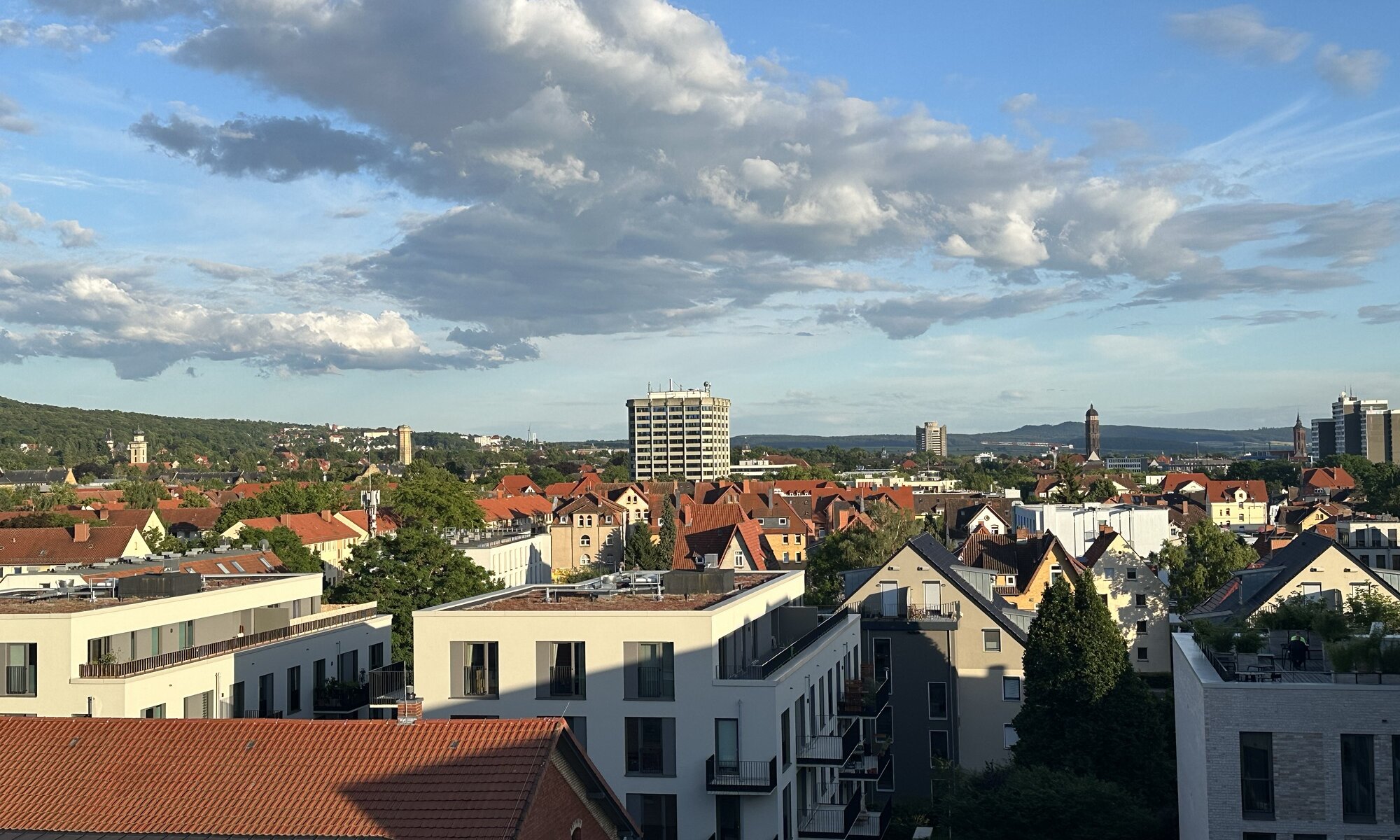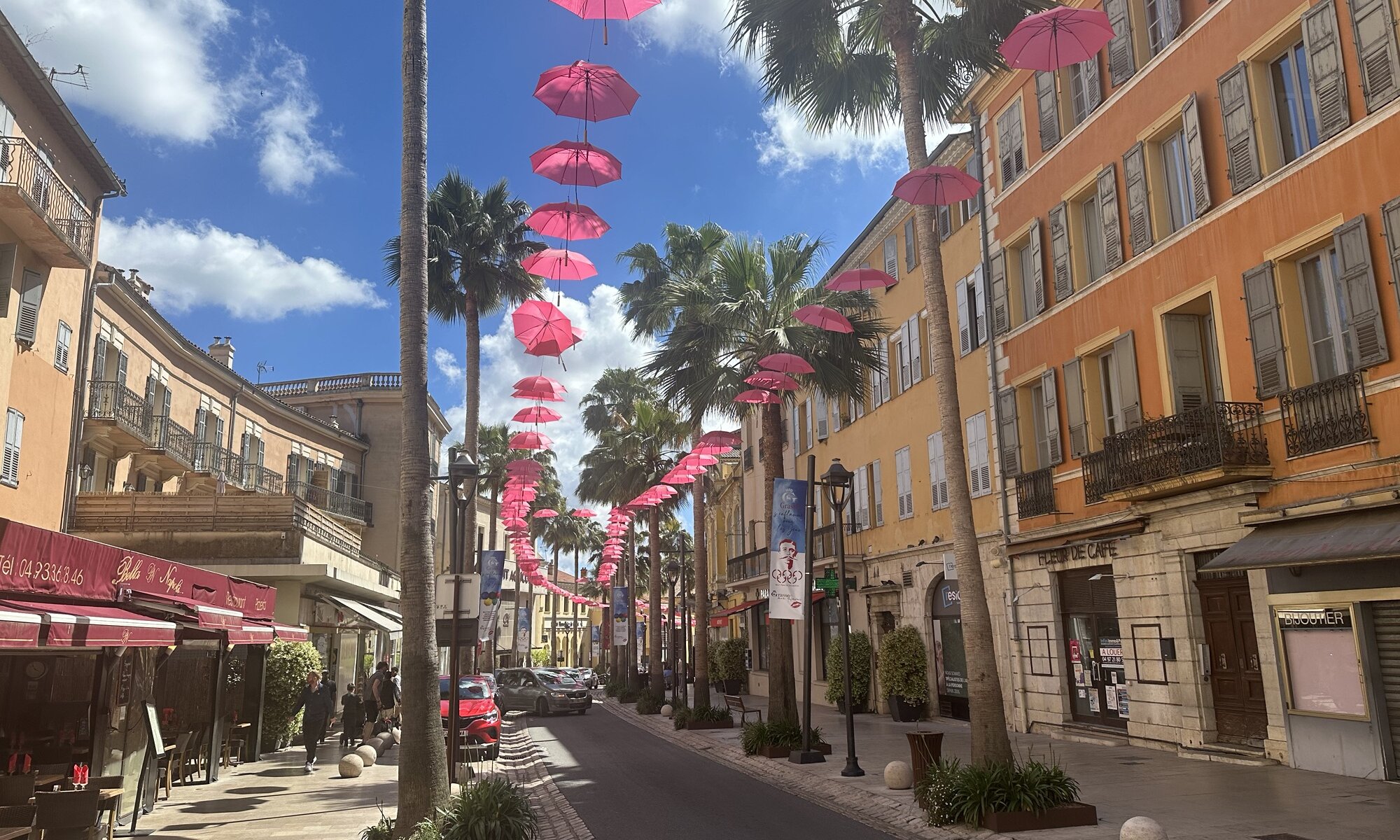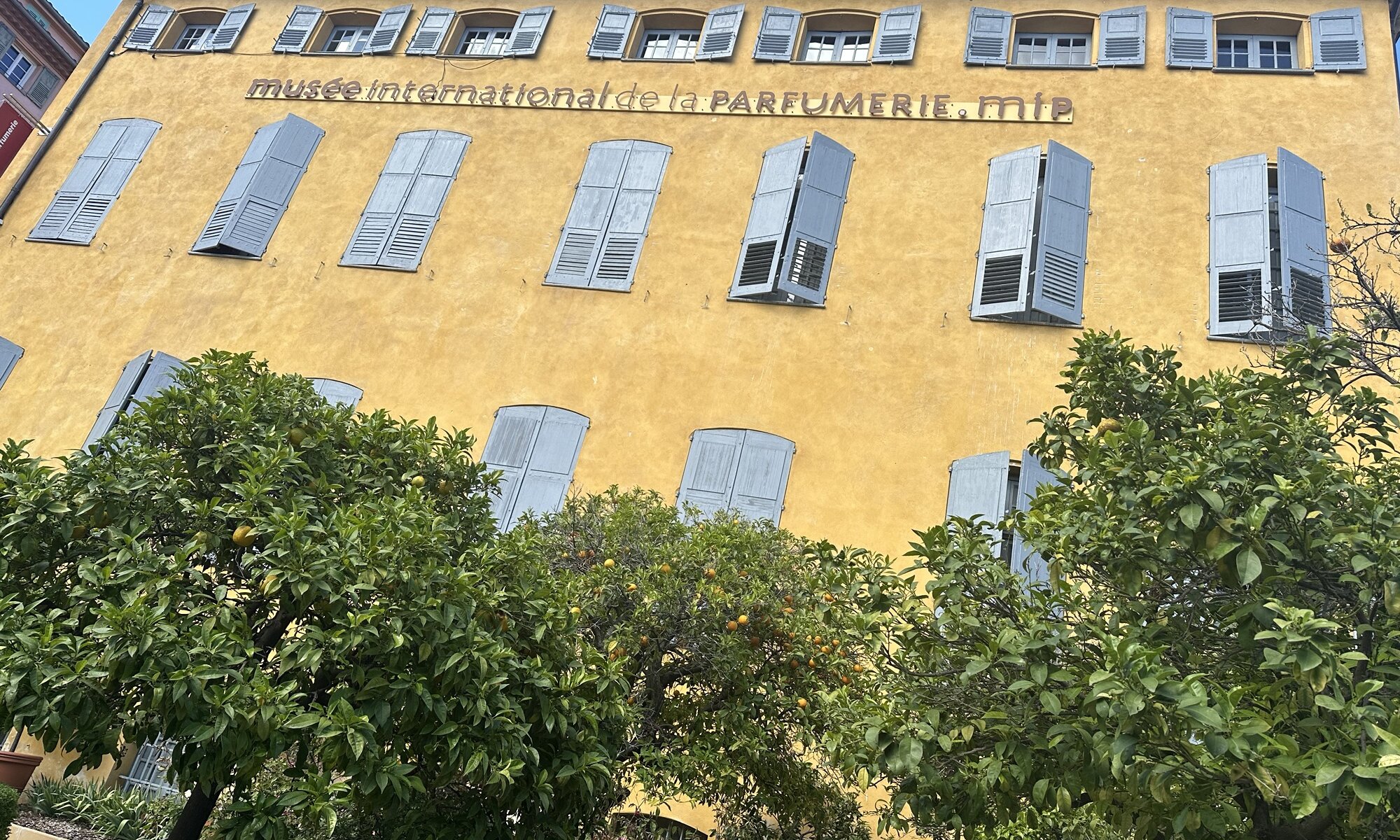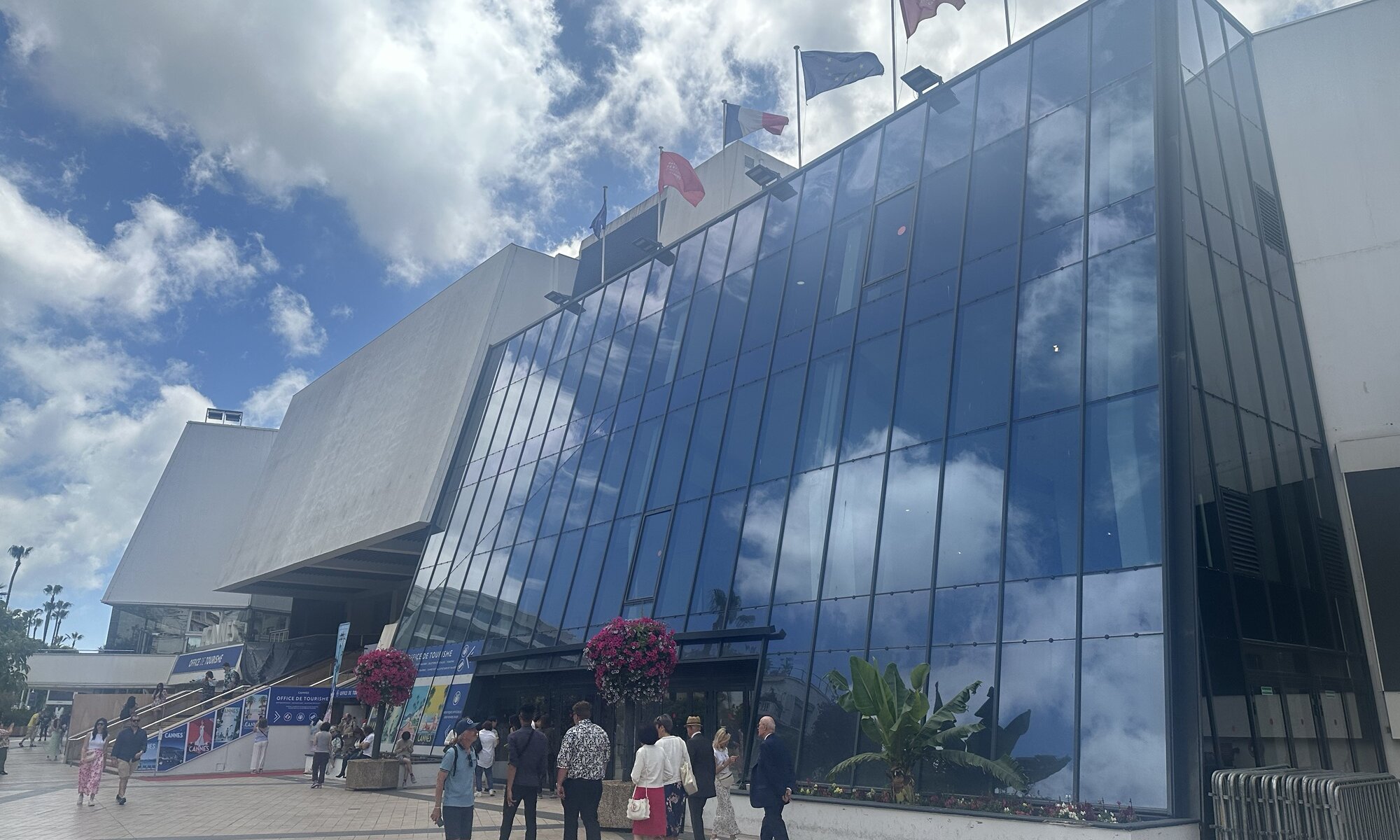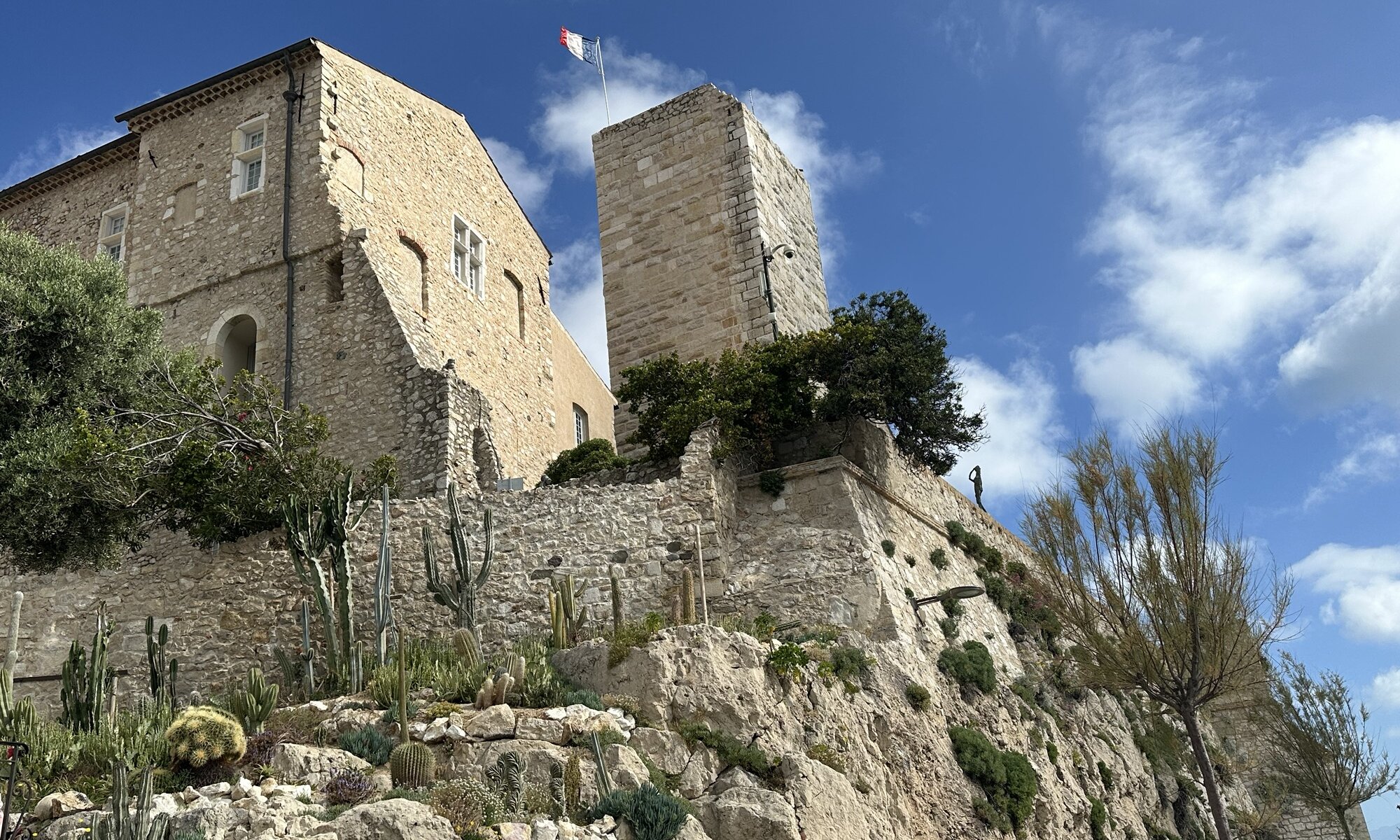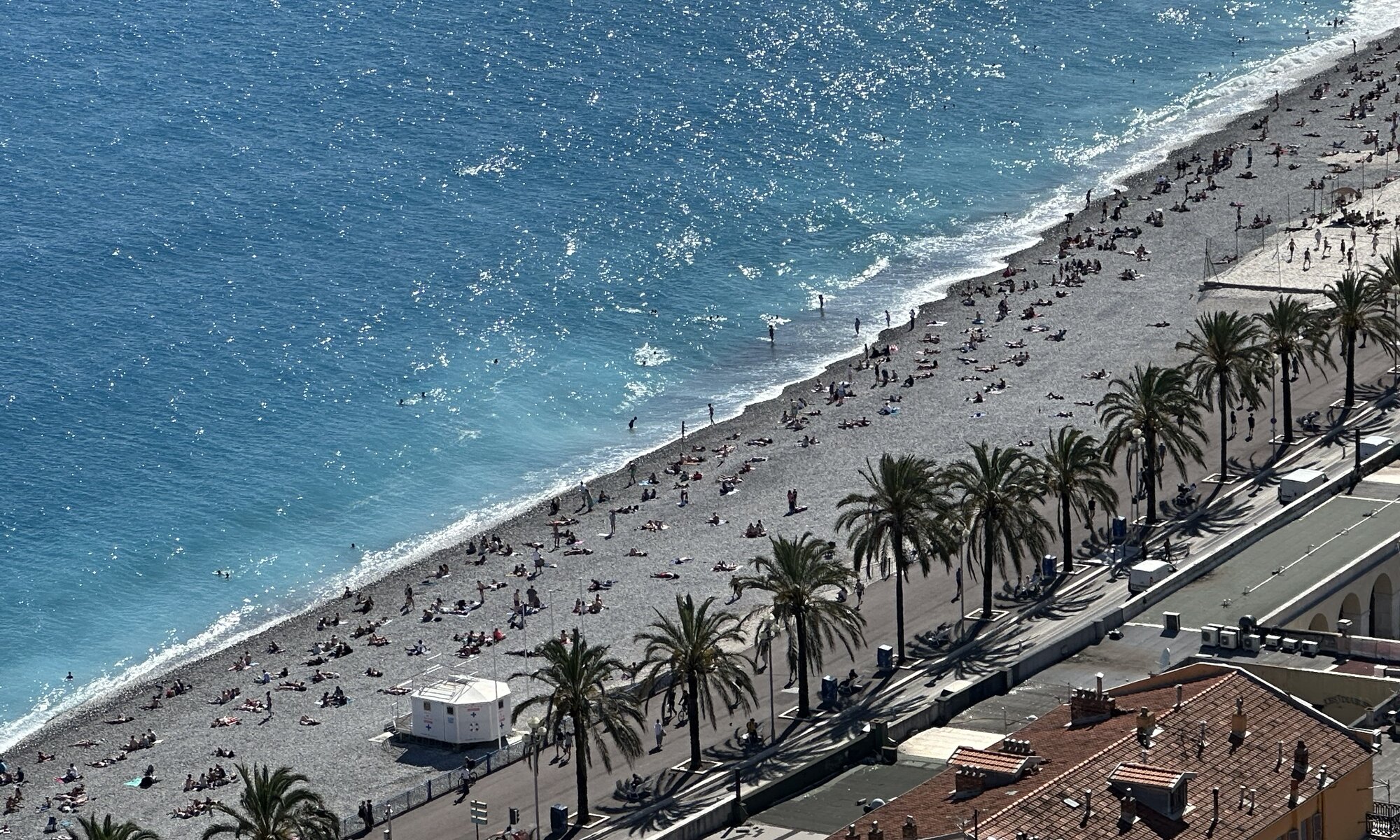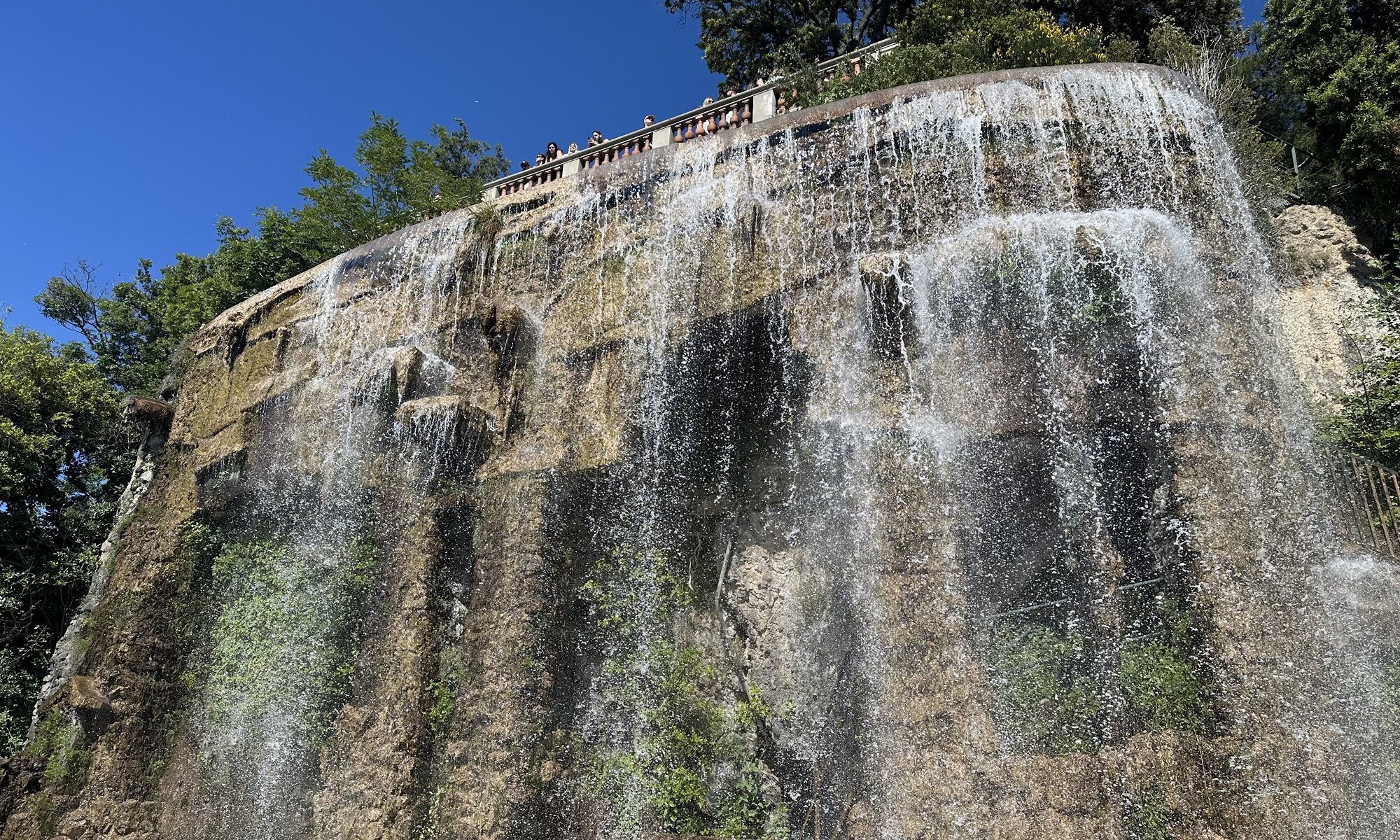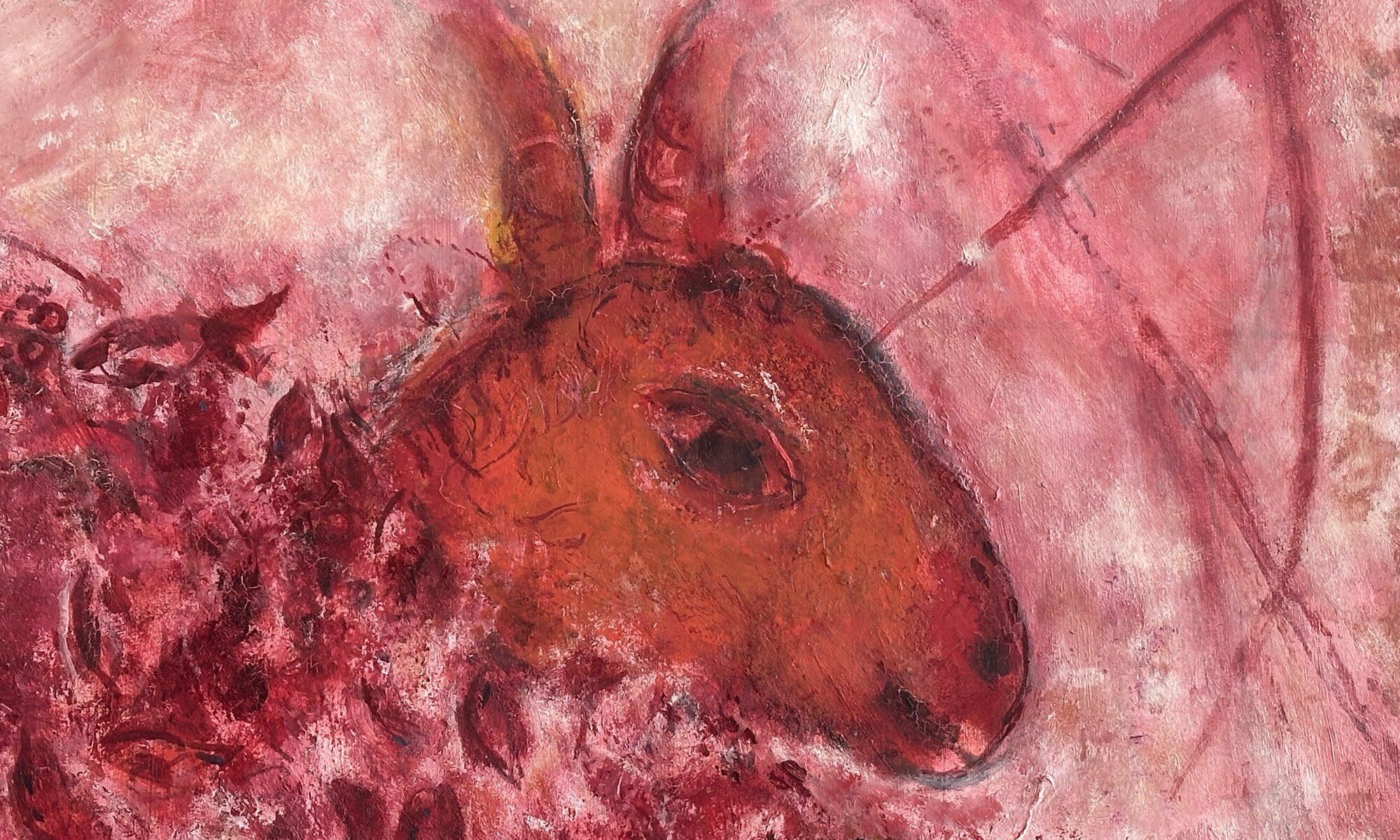The international airport of Vancouver (YVR) is located 12 kilometers southwest of the city center. Opened in 1931 it is today the second-busiest airport of Canada with three runways and 25 million passengers per year. YVR is a well-designed airport and probably absolutely hassle-free to pass through. In addition to the local airlines (and Air Canada being the biggest user) also Air France, Air China, Air India, British Airways, KLM, Lufthansa and Turkish Airlines use YVR. Local connections within Canada – even to Tofino on Vancouver Island are possible.
Continue reading “Vancouver International”Nordstadt
There aren’t many spots from which you can enjoy great views on the city center of Göttingen: you can get to the canteen of the Neues Rathaus, access the small terrace of the Kunsthaus or get on top of the Bismarckturm. But none of them normally gives you the chance to have a delicious sundowner while focusing the university town’s skyline. Fortunately, the FREIgeist hotel brings good food and drinks to the Nordstadt of Göttingen – an area in the past not known for fine dining and great cocktails. It has indeed the only real rooftop bar of the city, so get a drink and enjoy sundown!
Continue reading “Nordstadt”Capitale mondiale du parfum
Grasse is known to be the world capital of perfume and therefore that’s all a visit about. The region surrounding it is used to grow different kinds of flowers (mostly lavender, narcissus, cassia, mimosa, violet, iris, roses, jasmine plus bigarade oranges) used in fragrance production and whenever you stroll through the narrow streets and enjoy good views from the mountain you’ll always have a nice scent in your nose.
Continue reading “Capitale mondiale du parfum”Le Parfum
When visiting Grasse you can stop at the historic perfume factories like Fragonard, Galimard and Molinard to learn about fragrance making, but you should definitely also have a look at the Musée International de la Parfumerie; a very unusual museum and a topic I had never explored before. As the small city of Grasse at the French Côte d’Azur is considered the world capital of perfume you can have a deep-dive here and fill your nose with lots of different scents.
Continue reading “Le Parfum”Palme d’Or
Since 1946 every year at the Festival de Cannes the best movies, actors and scripts are awarded, with the Palme d’Or as the most important trophy. We all know the yearly pictures of celebrities waving from the red carpet in front of the Palais des Festivals et des Congrès at Cannes. You can find the Palais directly at the harbor after strolling through the nice streets of the city center and discovering the roofed markets of Cannes.
Continue reading “Palme d’Or”Musée Picasso
You can’t ignore the beauty of Antibes at the French Côte d’Azur, the charming old houses in the city center at the coast of the Mediterranean Sea. Next to the cathédrale Notre-Dame de l’Immaculée Conception you’ll find the ancient fortress of the Grimaldi family from the 12th century. In 1608 it became owned by the French crown and since 1966 it houses the Musée Picasso, a nice art museum on Place Mariejol directly at the sea.
Continue reading “Musée Picasso”Promenade des Anglais
One of the best features of Nice is for sure the Promenade des Anglais, the walkway between the beach and the beautiful old city center. It is seven kilometers long and named after the English that started in the second half of the 18th century to spend their winters at the Côte d’Azur. Everyday people are strolling along the shore, having a bath at the pebble beach, playing pétanque or enjoying a drink in one of the many bars. The beach is by the way partly public and in some sections commercialized giving you the choice to either have free access or to enjoy sun loungers and bars directly at the water.
Continue reading “Promenade des Anglais”Colline du Château
Already had your daily dose of sports? If not, it could be the time to climb up to the Parc de la Colline du Château on a 90 meters high rock above Nice. Walk to the east end of the beach where you’ll find the steps up to the Tour Bellanda from which you’ll have amazing views on the beach of Nice. Continue further up the hill, through parts of the former fortification to the park and from there continue to the Belvédère du Château with a great panorama of the city and an artificial waterfall underneath.
Continue reading “Colline du Château”Goats
Marc Chagall was a Russian-French painter born in Witebsk that today belongs to Belarus. He was travelling much and living at St. Petersburg, Paris, Berlin; in Mexico and the USA. He is seen as an expressionist and you can easily recognize his works because of his special colorful style and the symbols he continuously uses; elements coming from his hometown, the circus world and the bible. One of these is the goat that you can discover in many of his works, sometimes just as a tiny additional element, sometimes in focus playing the violin.
Continue reading “Goats”Musée Océanographique
What’s the most beautiful building at Monaco? The Cathédrale Notre-Dame-Immaculée, the Palais Princier or the Casino de Monte-Carlo? They’re all examples of beautiful architecture but I would rather nominate the Musée Océanographique, a historic museum building standing tall at the shore, high above the water in the city center of Monaco. It was created in 1889 by Albert I. of Monaco and inaugurated in 1910 in the presence of his German friend Wilhelm II.
Continue reading “Musée Océanographique”